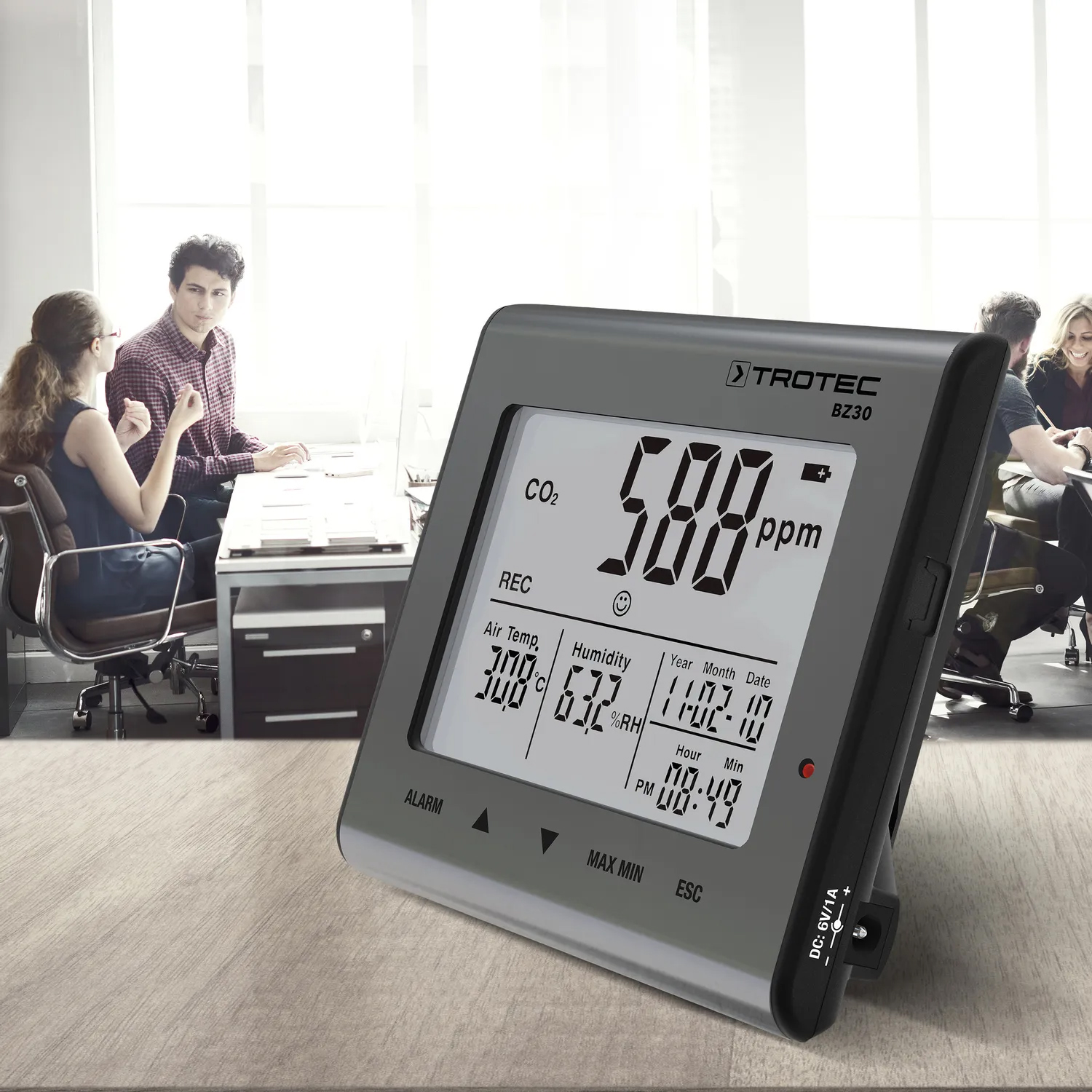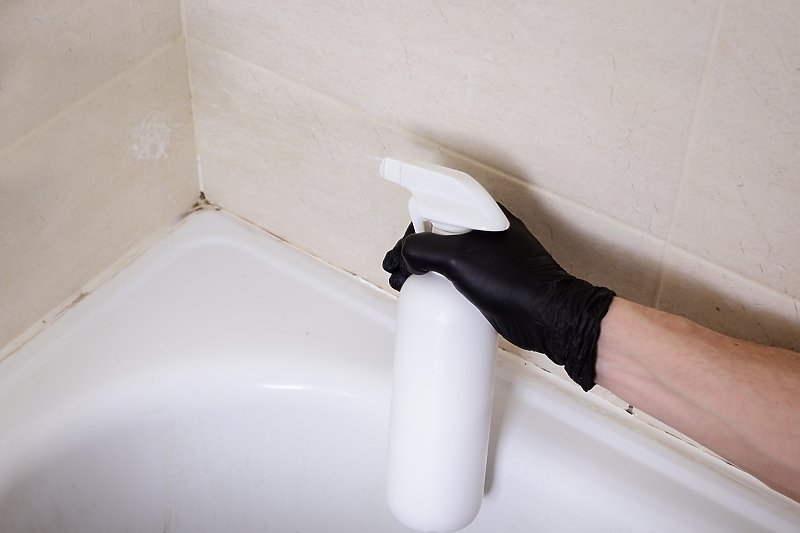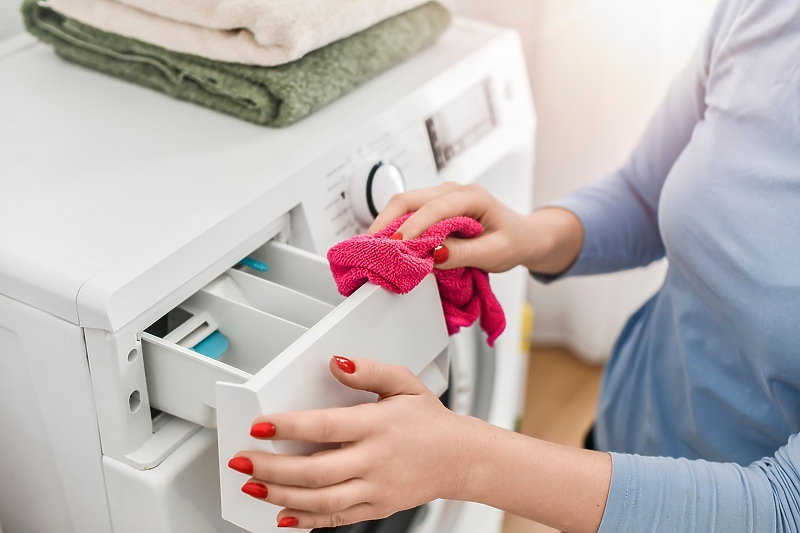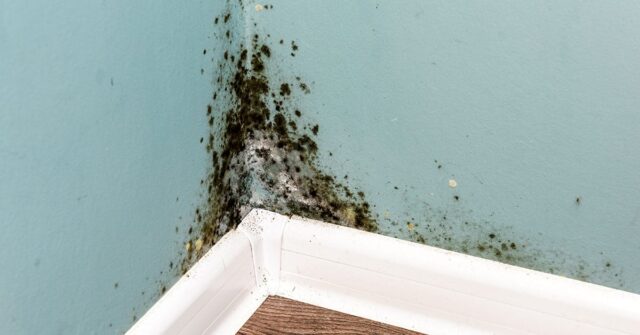Creating music is often a deeply intimate experience, one that demands an environment free from distractions and disturbances. However, for many music creators, mold can be an insidious and unwelcome guest in their studios, thriving in the damp and often unpredictable climate of soundproofed spaces.
The spores can not only damage instruments and equipment but also pose serious health risks to anyone spending long hours in affected areas. This article delves into practical strategies to safeguard your musical haven from mold.
From humidity control to ventilation techniques and routine inspections, well explore essential tips that will help you maintain a clean, vibrant space where creativity can flourish—unhindered by the threat of mold. Buckle up as we embark on this journey to protect your art and health, ensuring every note played resonates in a safe environment.
Control Humidity Levels

Controlling humidity levels in your music studio is paramount to preventing mold growth, which thrives in damp environments. Ideally, you should aim for humidity levels between 30% and 50%.
To achieve this balance, consider investing in a quality dehumidifier, especially in areas prone to excessive moisture. Regularly monitor the humidity with a hygrometer to stay on top of fluctuations.
Additionally, proper ventilation can play a crucial role; opening windows or using exhaust fans when possible can help circulate air and reduce stagnant moisture. Don’t forget about your instruments and equipment—wooden surfaces can absorb humidity and become breeding grounds for mold.
By taking proactive steps, you create an environment that not only preserves your gear but fosters creativity and inspiration in your work.
Regular Cleaning and Maintenance

Regular cleaning and maintenance are your first line of defense against the insidious threat of mold in your music studio. Dust and debris can accumulate quickly, especially in spaces filled with instruments and equipment.
Set a schedule—perhaps weekly or bi-weekly—where you not only vacuum and dust surfaces but also keep an eye on those often-overlooked corners that might be harboring moisture and grime. Ensure that your instruments and gear are not just playing beautifully but also stored properly; consider using silica gel packs or other moisture-absorbing materials in instrument cases.
Additionally, don’t forget to inspect your walls and ceilings for any signs of dampness or discoloration; catching these issues early can save you from a larger problem down the road. Remember, a clean studio not only fosters creativity but also promotes a healthier environment, keeping pesky molds at bay.
Regular Inspections and Monitoring

Regular inspections and monitoring are vital to safeguard your music studio from the insidious threat of mold. Setting a routine schedule—perhaps monthly, or even bi-weekly—can help catch the early signs of moisture accumulation or water damage before they spiral into larger problems.
As you inspect, don’t just focus on the obvious areas; delve into hidden corners, behind equipment, and around windows where dampness can easily linger. Check humidity levels regularly with a reliable hygrometer; ideally, keep levels below 50% to create an inhospitable environment for mold.
Additionally, ensure your ventilation systems function properly and consider investing in a dehumidifier, especially in humid climates. Remember, staying one step ahead is key—mold thrives in darkness and neglect, so be proactive in your monitoring efforts, and your studio will remain a safe haven for creativity and inspiration.
Conclusion
In conclusion, preventing mold in your music studio is crucial for both the longevity of your equipment and the health of those who use it. By implementing the essential tips outlined in this article—such as maintaining optimal humidity levels, ensuring proper ventilation, and regularly cleaning your space—you can create an environment that is less conducive to mold growth.
Additionally, it’s wise to consider proactive measures like Black Mold Testing to identify any potential issues before they escalate. By taking these steps, you can protect your creative space and continue to make music without the worry of mold-related problems.
Remember, a clean and dry studio not only enhances your music but also safeguards your well-being.




